My brief time playing with expired colour film was not rewarding. Too much is left to chance, out of my control, making for unpredictable results. Black and white meant I would have a little more ability to tweak things at each stage of use, where with colour I only really control exposure. Expired black and white film is often available for cheaper than colour, which means I can spend less to experiment more, and really refine the results.
A few months ago I was able to find some expired Ilford films, FP4+, HP5+, and Delta 400, all with expiry dates in the late 1980’s/early 1990’s. Averaged out they cost me about £1.50 per roll, all 36 frame. I did not know the storage conditions of these films, but it takes quite sustained high heat levels to make a difference, so I worked with the assumption that it would only be the age related base fog that may thwart my attempts to get usable results from this stock.
The FP4+ made for the easiest decision making process. Films below 400 (200, 100, 80, 50, 25, etc) are more or less bulletproof, even when poorly stored. I’ve previously worked with 13 year expired Delta 100, and had results in line with my expectations for in-dated film. I used the expired FP4+ at 100, and the results, while grainier than in-dated FP4+, met my expectations for usability.
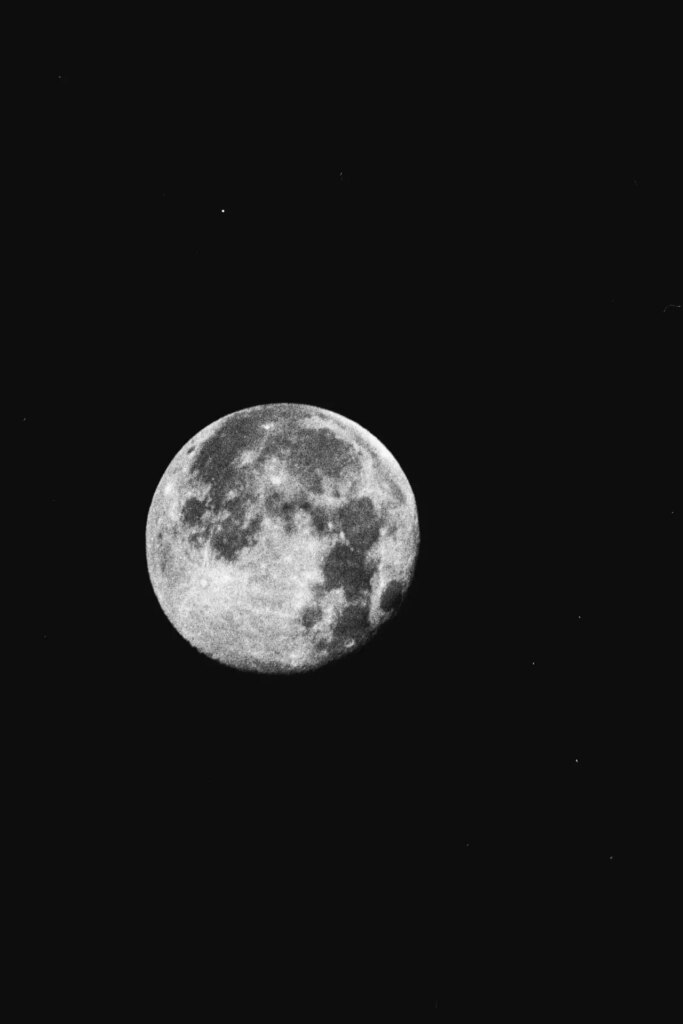
I developed using the same formula I do for other box speed films; two reel tank with 600ml cold water, 8ml rodinal, agitation for the first twenty seconds, stand for half an hour, one inversion and some horizontal “spins”, and then stand again for forty minutes. Stop-rinse with cold water, and then a double bath fix. I usually fix for a while and sort of leave it after the initial inversions, and for expired films I feel like the fix stage cannot be overdone. The longer I leave the fix the better the results feel, although this may be in my mind.
I tried a roll of the Delta 400 along the same lines, at box speed, and using but the results were underwhelming.
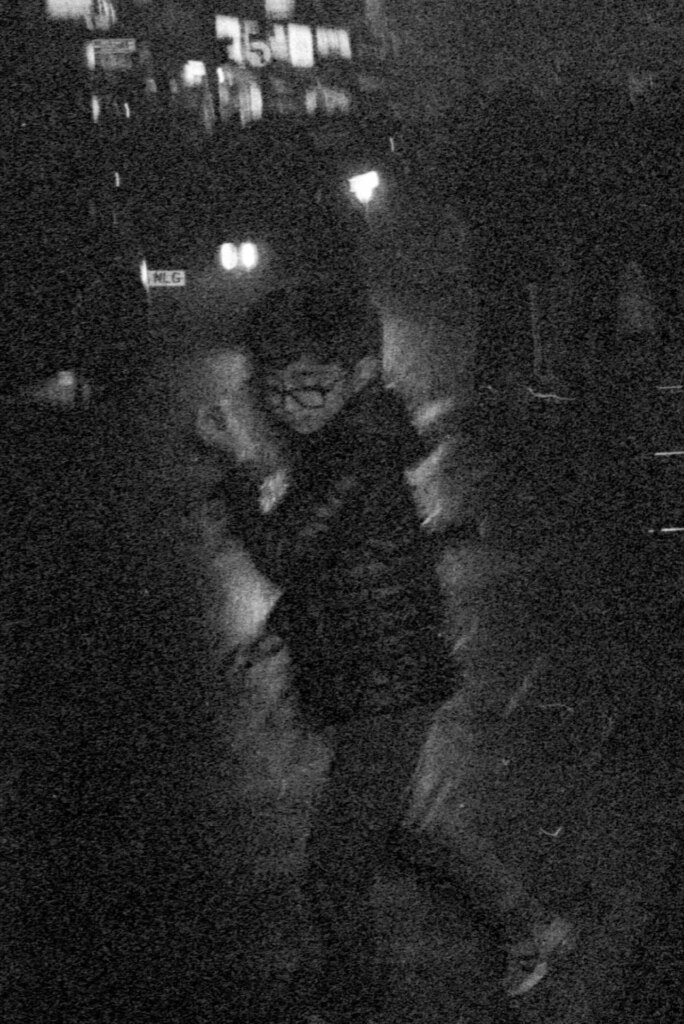
I left the development method the same as before, but changed the EI to 200, so a +1 adjustment to box speed. This offered usability – missing highlights and blocky feeling shadow detail, but visible details. The grain is intense, but I don’t mind grain, but finer elements were missing, and I did my best to apply this film to minimalist compositions, where bolder, graphic visuals were able to cut through the lack of definition.
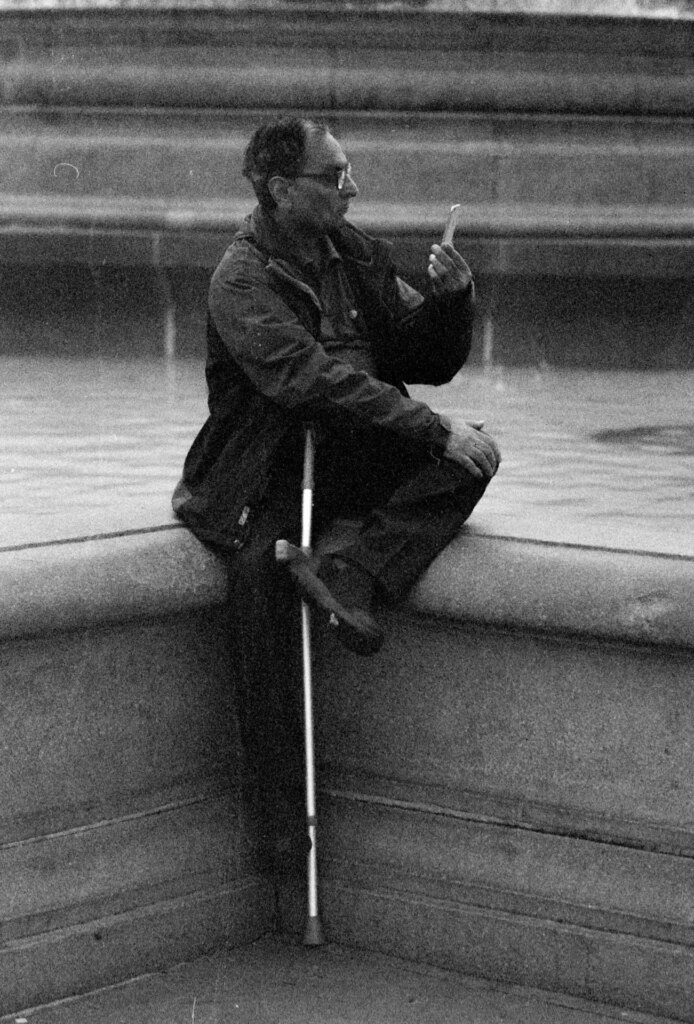
The HP5+ performed a bit worse, even when using the same approach as the Delta 400, with a +1 adjustment and consistent development methods. There wasn’t a lot of detail to be found in any of my results from this, so I adjusted the development to accommodate for a stronger dilution to see if that would bring out a bit more from the emulsion.
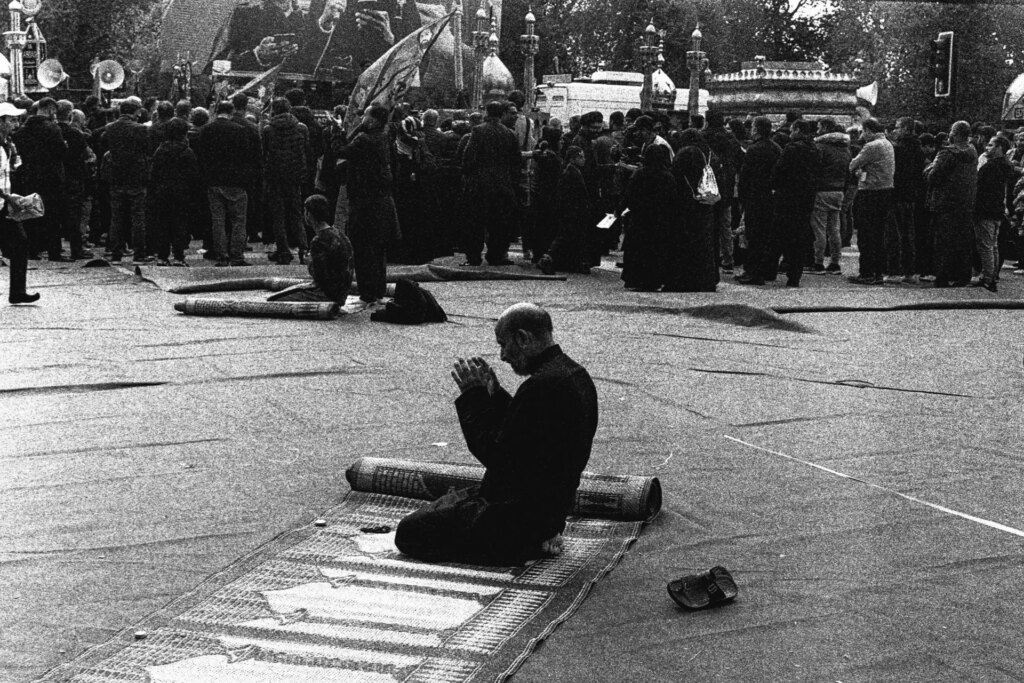
I think I overcompensated a little, and most of the results from this roll are entirely blown out. These were developed in 600mlwater/15ml rodinal with strong agitation across the first minutes, a bit more agitation in the middle stage, but the rest as before. Very little nuance in the highlights, and compressed dynamic range overall. The grain was less predictable than the Delta 400, which I think I preferred overall.

It’s quite easy to see the difference between the expired HP5 and Delta 400 results, as it almost feels like the grain of one is “white on black” while the other is black on white. Finer points of detailing on the Delta make t my preferred “high speed” expired option.
I used Delta 400, expired in the 1980s, at EI200 to photograph the Autumn Equinox at Primrose Hill in London. The crushed dynamic range made for some contrasty results, and I’m pleased with the results. Grainy and atmospheric, but with enough visible detail for the story to remain clear. These will fit in nicely with a wider project which includes some very grainy night-time work made on in-dated Delta 3200.
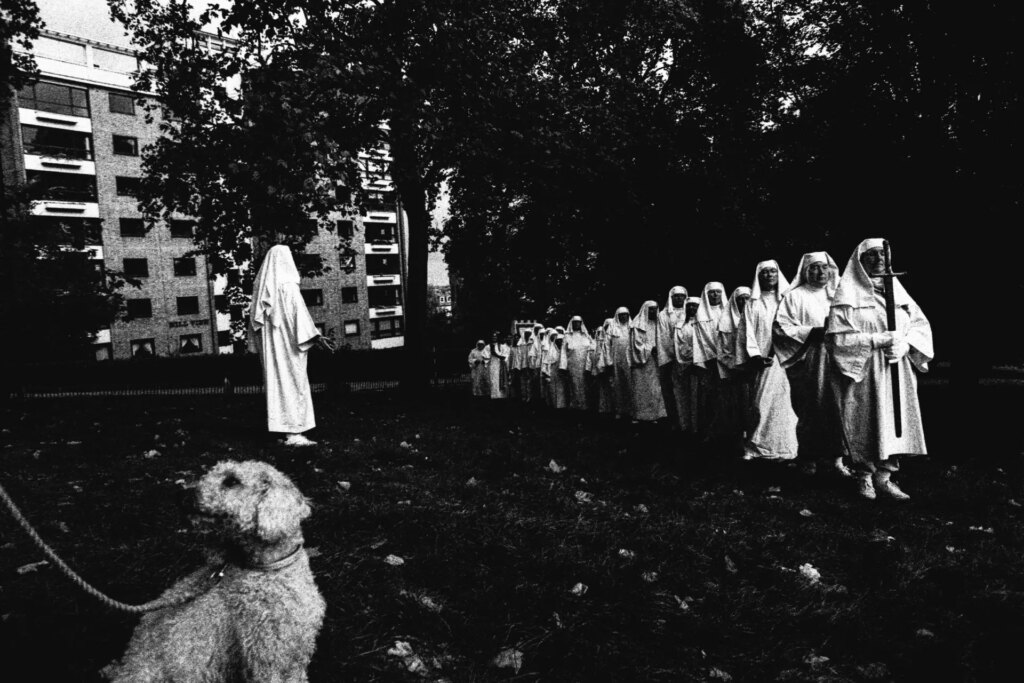
As a baseline, I develop fresh, box speed exposed film in a two-reel tank with 600ml cold water (anything between 15-19 degrees, whatever the cold tap gives me) mixed with 9ml rodinal. I agitate for twenty seconds, tap for any bubbles, and then leave to stand for half an hour. I do a single inversion and a gentle horizontal “rolling” agitation for a few seconds, which prevents bromide drag, and then leave to stand for a further forty minutes. Cold water rinse to stop, and then a two bath fix. I have a longer write up about this semi-stand development method on Emulsive.
The main hurdle you will be confronting with expired film is fog. Fog is the result of “background exposure” which occurs via the film emulsion being exposed not to light, but to everything else; natural radiation, heat, time, and so on. There are a few methods which claim to reduce base fog, but I don’t think that’s worthwhile for my application. The images here were scanned on a Plustek 8100, which has a decently strong light and cuts through the fog quite well. The Epson V550 and upwards all have a much stronger backlight, and if you are scanning with those I would anticipate much cleaner and more detailed results overall.
The stand development method means that any fog present will develop to the absolute minimum possible. A regular development with stronger concentration of chemistry combined with frequent agitation may bring out more of that base exposure.
Share this post:
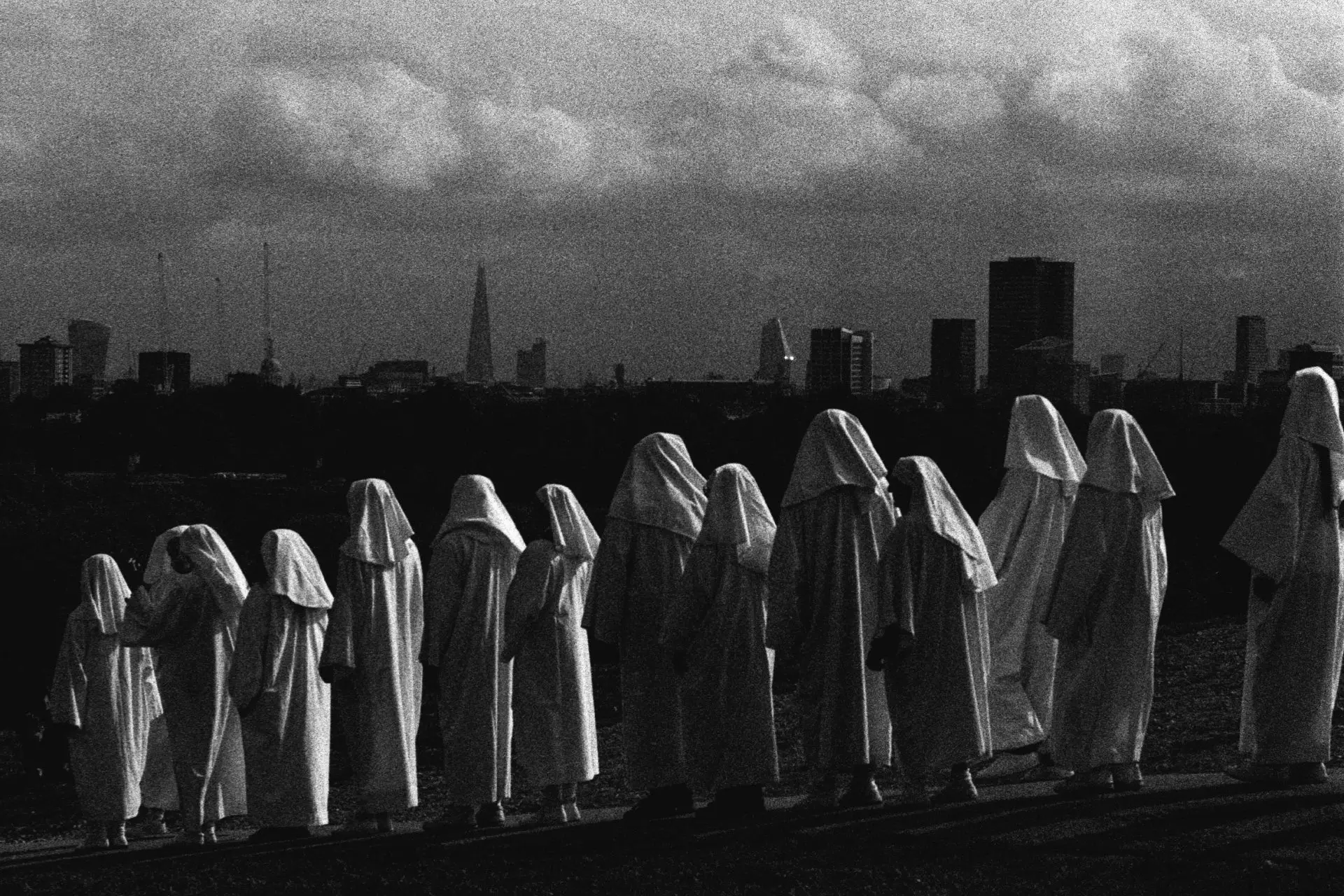








Comments
Rock on Development Note – 30ish Year Expired Black and White Film – by Simon King
Comment posted: 26/01/2023
Comment posted: 26/01/2023
John Squillace on Development Note – 30ish Year Expired Black and White Film – by Simon King
Comment posted: 26/01/2023
Comment posted: 26/01/2023
Ted Ayre on Development Note – 30ish Year Expired Black and White Film – by Simon King
Comment posted: 26/01/2023
Comment posted: 26/01/2023
Gil Aegerter on Development Note – 30ish Year Expired Black and White Film – by Simon King
Comment posted: 26/01/2023
Comment posted: 26/01/2023
Scott on Development Note – 30ish Year Expired Black and White Film – by Simon King
Comment posted: 26/01/2023
For old film stored in an attic or garage that can mean a heat soak in 110 to 120 degrees.
(I'm assuming you're in the UK, and from my time there I think such temps are fairly rare.)
And as you go south here, the summers get even longer and hotter.
So my experience here is that color films (as you note) are a complete waste of time. You never know what you're going to get, and the chance that the random colors will be pleasing is small.
And black and white films are like a casino. They might be fine, or they might be completely ruined.
Overall it means that unless the film expired relatively recently, there's a fair chance that the experiment will fail, and I'd rather trust fresh film.
(On the other hand, I recently inherited a foot locker containing 10 rolls of exposed film and some papers suggesting that they where shot in about 1943! Developing them one at a time and adjusting the next based on the last, I found pictures of an Army Air Corps training base, and soldiers with their wives/girlfriends. I was able to find out a little about the owner of the locker and it appears that, sadly, he went to Europe in 1944 and didn't come back. But that's more about history than photography.)
Comment posted: 26/01/2023